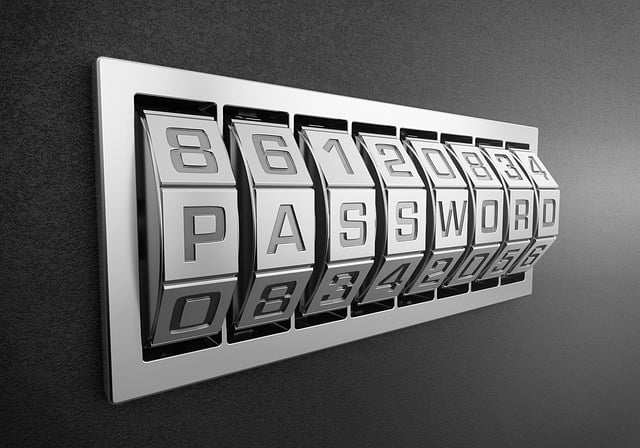How many systems or sites do your employees access throughout the day? Five? Ten? If you consider that HR itself could have multiple systems to manage the employee lifecycle. Then factor in various operational systems that support the business and finance.
Ten is probably not too crazy of a number. That’s ten different passwords. Ten different possibilities for a data breach. Not to mention, ten different passwords IT will need to reset regularly.
Single sign-on (SSO) is when a person can use one set of credentials to log in to multiple systems, applications, or services. SSO has become commonplace in our everyday lives. You most likely have used Google or Facebook to log in to other apps. From a user perspective, it saves a lot of time and energy as you’re not entering multiple data fields to create an account. SSO allows for one less password you have to remember.
From the workplace perspective, SSO is becoming more popular. Many organizations allow for their employees’ computer login to serve as the one network login to access many systems. Logging in to your computer while connected to the company’s network via the internet gets you automatic access to different systems. This is why most times you have to use a VPN (virtual private network) to access your company’s systems remotely when you’re off the network.
It offers many benefits that both IT and HR can get behind
First and foremost, it lessens the risk of a data breach. The more passwords an employee has to create, the more likely password fatigue is going to occur. Password fatigue refers to the overwhelming stress of managing a vast number of passwords one has to remember. To cope, the employee results in reusing the same password, sharing passwords with others, or writing them on sticky notes at her desk.
To maximize security, the rule of thumb is that passwords should never be repeated. But when the average person has to remember over 100 passwords, passwords are bound to be repeated. Now, maybe your company’s passwords are not hacked. But, what if someone uses the same password for their online banking account as they do for their corporate accounts? Once the hacker has one password, they will use it to try and access as many systems as possible.
SSO also saves time
Not only for the user but for IT and HR as well. How many times have you needed to reset a password? It can take you anywhere from 30 seconds to 15 minutes to reset a password depending on the process. If you have to wait for a response from IT or HR, you could be spending your day shredding those paper files from ten years ago.
The more passwords, the more likely someone is going to need that password reset. Especially if the system is accessed infrequently like the HRIS or payroll systems. Now consider the time your IT or HR team spends resetting those passwords. SSO with one set of login credentials minimizes that.
Now, implementing SSO is not necessarily an HR initiative. But, as the HR field moves towards more systems and data-based processes, we should be aware of the tech options out there. Data security should be an HR priority, not just IT’s. Being a strategic partner to support IT will benefit both the organization and its workforce.
Looking for a tool to help support your organization’s workforce data and metrics? An HR dashboard is a tool that can help. It will automatically aggregate your data from multiple systems and calculate your metrics into easy-to-understand visualizations. So you can then skip straight to the analytics.
Sign up today for a free demo of our automated HR dashboard.












